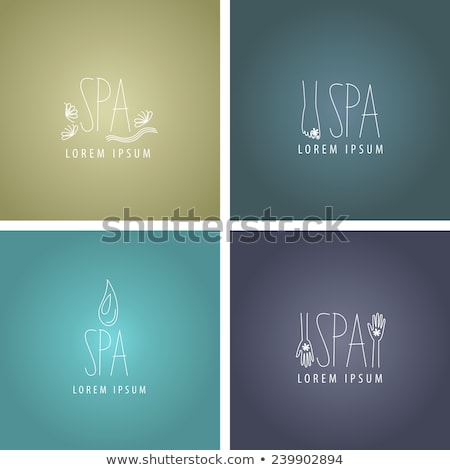Professional athletes are continuously looking for the next side to increase efficiency. Massage is just one of the very best devices available to achieve this objective.
The right methods can reduce muscular tissue stiffness, help recovery and aid professional athletes train harder. Find out exactly how to utilize sporting activities massage therapy as a part of your professional athlete's overall training and recuperation approach.
Foam Roller
Making use of body weight to use stress to muscular tissues and "knots" (or activate points), foam rolling is a self-myofascial release strategy that's an affordable alternative to seeing a sporting activities massage therapy specialist. This self-massage tool can aid to decrease muscular rigidity and pain, in addition to speed up recovery after extreme exercise.
Foam rollers are round devices that range in dimension, shape and foam thickness. They're a preferred enhancement to training and recovery routines of professional athletes, weightlifters, runners, bicyclists, swimmers and various other health and fitness fanatics.
Imagine your first sports massage customer is an affordable swimmer. They will contend for their lifelong dream of going to the Olympics. They concern you with inequalities and muscle mass rigidity caused by intense training. Your understanding and ability are going to be critical in helping them reach their objectives. Offering a fantastic experience will maintain them coming back and aid you build your service. Ideally, you must be able to offer them with details techniques customized for their sport.
Deep Cells Massage Therapy
In a sporting activity that asks for fast reactions and precise movements, having strong joints and muscles is vital. When these are limited, they can obstruct activity and rise risk of injury.
Deep tissue massage can assist enhance muscle mass feature and series of motion, break up adhesions or scar tissues, and decrease pain by increasing oxygen and nutrients in the area. It can also assist ease tension and stress in the muscles, which might lower total pain.
For example, a study of a sporting activities massage therapy on the forearms of a pickleball player showed boosted grip stamina and lowered lower arm discomfort, which subsequently led to higher efficiency. However, the professional athlete should always be in interaction with the therapist to ensure that the massage is not unpleasant. The specialist will readjust the stress and method as required to keep the athlete safe, comfortable and in ideal condition for athletic efficiency. They must also be motivated to moisten and consume well after the massage therapy to promote healing.
Trigger Point Treatment
Trigger factors are knots of limited, stressful muscle mass cells. They trigger discomfort in the locations where they are located and additionally restrict the range of motion of surrounding muscle mass. Trigger factor treatment applies manual pressure to the trigger points in order to unlock them and alleviate tension. This is accomplished with myofascial launch. Fascia is a sheath-like, fibrous cells that encases bone and joint structures. It is normally pliable and flexible, yet with stress, injury, negative position, and lack of hydration and sleep, the fascia can tense and restrict movement.
Over 80% of individuals will experience the very same pattern of discomfort referral from a single trigger point, so it is simple for a massage therapy therapist to pinpoint precisely which muscle mass require therapy. The goal is to work up to the point where the muscle starts to jerk and release the tension, but not overdo so as not to create undue discomfort. The strength must be a "great pain." Throughout the therapy, the massage therapist may use their fingers and thumbs to feel the trigger factors.
Scrambling
Scrambling is a massage therapy method in which the muscle is grasped at the point of origin and shaken delicately. It loosens up the muscular tissue and it is asserted to minimize the stretch reflex.
Jostling and various other rubbing methods are used to break down adhesions in muscle mass tissue. These adhesions take place as a result of muscle fibers sticking throughout the inflammatory recovery procedure and they can prevent muscular tissues from contracting generally. By lowering adhesions and increasing flexibility, sporting activities massage therapy aids athletes carry out at peak level and stay injury totally free.
The physiological impacts of sporting activities massage include raised temperature level, enhanced flow and enhanced muscle recovery and flexibility. This combination of advantages makes sporting activities massage therapy an important part of any type of athlete's training and healing program. It helps them prepare best stretches to complement sports massage for a competition or a large occasion, aids in the healing after an event and boosts efficiency during training. Preferably, sports massage therapy need to be done a minimum of a day or more prior to a huge race to make sure that the muscle mass are completely healed and prepared to go.
